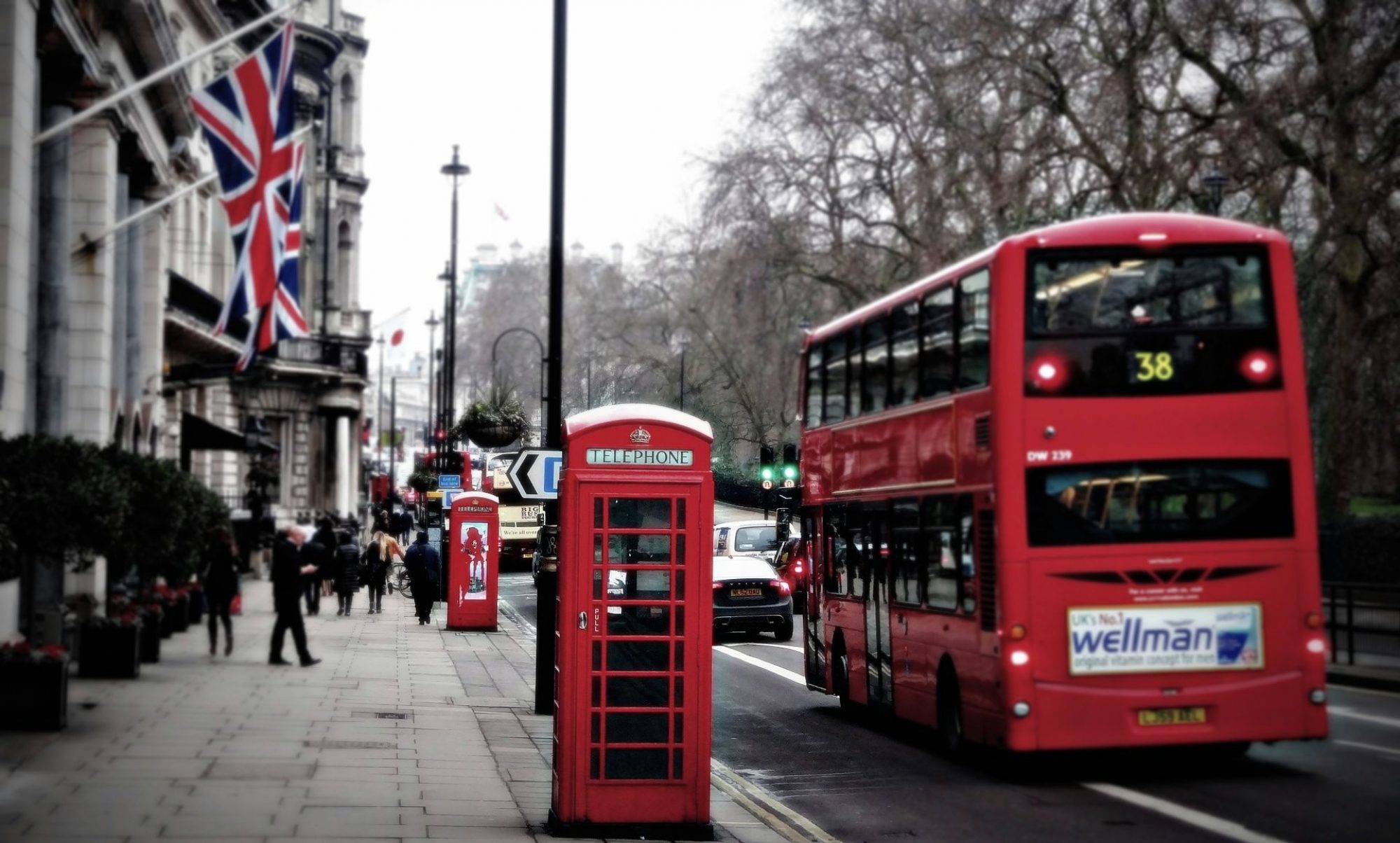Content
- How do you calculate fixed assets?
- Journal Entries for Fixed-Asset Depreciation
- Fixed Assets: Definition, Examples, and Types in a Business
- Fixed Assets
- Fixed-Asset Accounting Basics
- Journal Entry for the Non-Monetary Transfer of a Fixed Asset
- Journal Entry for Replacing Assets
- What is a fixed asset?
- What does one understand by the term fixed assets?

Depending on the value of the asset, a company may need to record gain or loss for the reporting period during which the asset is disposed. Then, split the asset on the books and record it as an asset split. Splitting creates a new asset but retains the ID of the original asset. Public https://www.bookstime.com/ companies that file quarterly and annual reports to the SEC must present their financial statements in accordance with GAAP,” Adams says. Some assets return value after their service life, such as with car trade-ins, while some companies use other assets until they are worthless.
The primary objective of a business entity is to be profitable and increase the wealth of its owners. To do so, management must exercise due care and diligence by matching the expenses for a given period with the revenues of the same period. The period of use of revenue generating assets is usually more than a year, i.e. long term. To accurately determine the Net Income (profit) for a period, incremental depreciation of the total value of the asset must be charged against the revenue of the same period. Dedicated fixed-asset accounting software can calculate depreciation and record other relevant details.
How do you calculate fixed assets?
A fixed asset can be depreciated using the straight line method which is the most common form of depreciation. Tax depreciation is commonly calculated differently than depreciation for financial reporting. A baking firm’s current assets would be its inventory (flour, yeast, etc.), the value of sales owed to the firm from credit extended (i.e. debtors or accounts receivable), and cash held in the bank. Its non-current assets would be the oven used to bake bread, motor vehicles used to transport deliveries, and cash registers used to handle cash payments. While these non-current assets have value, they are not directly sold to consumers and cannot be easily converted to cash. Fixed assets are also referred to as property, plant, and equipment (PP&E).
- In even plainer language, fixed assets are things you can see and touch that your business plans to hold and use for a while.
- Capitalized costs also include fees for the installation of hardware and testing, including any parallel processing phase.
- Current assets are assets that are expected to be converted into cash quickly, within one year of the balance sheets date, like cash, leasehold improvements, accounts receivable, and inventory.
- As a result, an inefficient fixed asset depreciation process can cause that company to waste capital that it could otherwise be applying toward smart investments that help the business grow.
- The fixed assets are expected to last, be consumed, or be converted into cash after a minimum of one year.
- In some cases, fixed assets may also be referred to as “property, plant, and equipment” or simply “plant”.
Rather, the cookie company can estimate how much the mixer depreciates yearly due to normal wear and tear. They can then spread these numbers across the period they think they’ll use the mixer—perhaps over the next five years. This reflects the mixer’s actual value to the company each year and prevents an imbalance that could give an inaccurate picture in their financial reporting. Inventory and PP&E are both considered tangible assets, meaning that they can be physically “touched”. Moreover, assets are categorized as either current or non-current assets on the balance sheet. Fixed assets usually form a substantial investment for an organization, and each asset can include many components requiring special attention.
Journal Entries for Fixed-Asset Depreciation
In some cases, fixed assets may also be referred to as “property, plant, and equipment” or simply “plant”. Fixed assets are important to a company’s operations because they provide the necessary resources for generating income. The fixed asset rollforward is a common report for reviewing fixed assets.
If the car is being used in a company’s operations to generate income, such as a delivery vehicle, it may be considered a fixed asset. However, if the car is being used for personal use, it would not be considered a fixed https://www.bookstime.com/articles/fixed-asset-accounting asset and would not be recorded on the company’s balance sheet. Knowing the value and depreciation of a company’s fixed assets can help investors and analysts make informed decisions about the company’s financial health.
Fixed Assets: Definition, Examples, and Types in a Business
Many companies struggle to accurately log and report on their fixed assets, however, overpaying insurance premiums and taxes as a result. Inconsistent fixed asset records and depreciation calculations can result in increased audit fees from accounting firms. The majority of fixed assets are purchased outright, but entities sometimes borrow funds to purchase fixed assets or pay to use a piece of property or equipment over a period of time.
Thus, a laptop computer could be considered a fixed asset (as long as its cost exceeds the capitalization limit). Information about a corporation’s assets helps create accurate financial reporting, business valuations, and thorough financial analysis. Investors and creditors use these reports to determine a company’s financial health and decide whether to buy shares in or lend money to the business. These assets are used to generate income for the company by selling car parts.
Fixed Assets
There are many types of fixed assets, including buildings, computer equipment, computer software, furniture and fixtures, intangible assets, land, leasehold improvements, machinery, and vehicles. Fixed assets are company-owned, long-term tangible assets, such as forms of property or equipment. Being fixed means they can’t be consumed or converted into cash within a year. As such, they are subject to depreciation and are considered illiquid. The term fixed asset refers to a long-term tangible piece of property or equipment that a firm owns and uses in its operations to generate income.
Fixed assets are long-term tangible or intangible pieces of buildings, plants, machinery and equipment that a firm owns and uses in its operations to generate income. As such, companies are ready to depreciate the worth of those assets to account for natural wear and tear. Fixed assets are the more permanent assets that are intended to be used within the business, rather than for sale. Some of the fixed assets needed during a new business might include machinery and equipment, buildings, and land. They are accountable for depreciation shown in the income statement and are shown on the balance sheet. They determine the cash flow position of the company and its future growth depends on it.
Fixed-Asset Accounting Basics
Entities record their purchase of a fixed asset on the balance sheet, Asset purchases used to be noted on a sources and uses of funds statement, which is now called a cash flow statement. A fixed asset is a tangible piece of property, plant or equipment (PP&E); a fixed asset is also known as a non-current asset. An asset is fixed because it is an item that a business will not consume, sell or convert to cash within an accounting calendar year. The major difference between the two is that fixed assets are depreciated, while current assets are not. Both current and fixed assets do, however, appear on the balance sheet. Assets are resources that a company owns or controls with monetary value.
